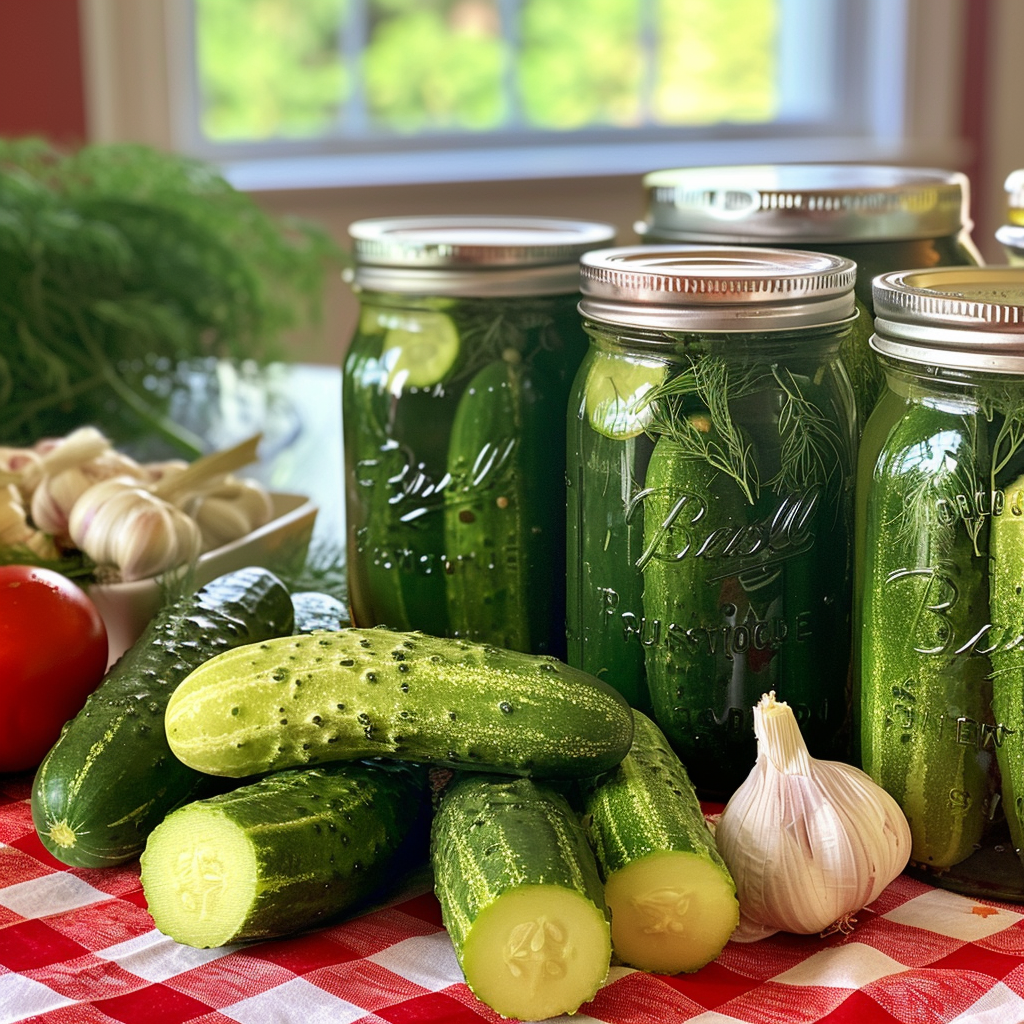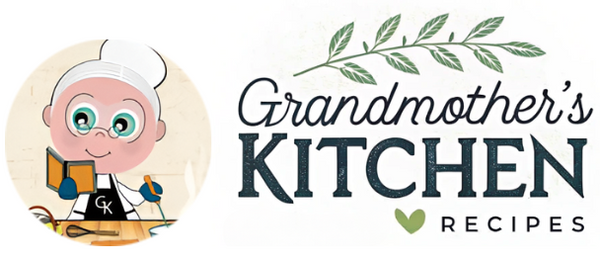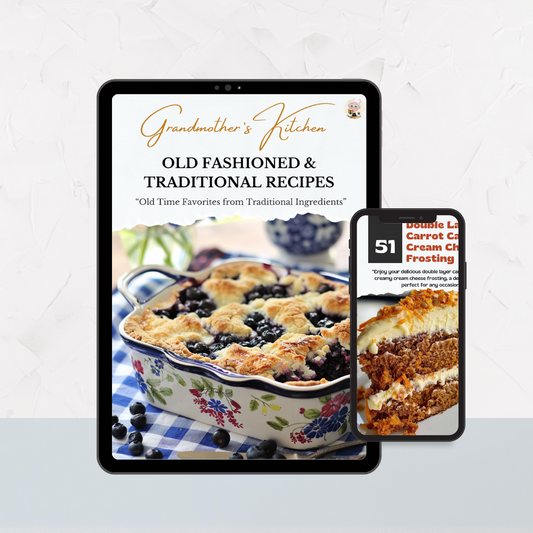How to Make Traditional Dill Pickles at Home

Share
Discovering the Joy of Homemade Dill Pickles
Growing up, Saturdays were always a busy day in our household. They were reserved for the list of chores that were assigned to us and for family, food, and the simple joys of working together in the kitchen. One of my fondest memories is the annual tradition of making dill pickles with my mother and sisters. We would head out to the garden early in the morning, gathering small, crisp pickling cucumbers and the freshest dill. The kitchen would soon be filled with the scent of vinegar and spices as we prepared the jars for canning. My mother was the driving force behind these traditions, and it’s because of her that I’ve continued the practice of canning to this day. Now, every time I open a jar of homemade dill pickles, I’m transported back to those cozy Saturday afternoons, surrounded by family and the promise of delicious meals to come.
Did You Know? Pickles have been enjoyed for thousands of years, dating back to ancient Mesopotamia. The word "pickle" comes from the Dutch word "pekel," meaning brine. Dill, a fragrant herb, is the key flavoring ingredient that gives dill pickles their distinctive taste.
Yield: 7 quarts
Ingredients:
- 8 pounds pickling cucumbers (4-6 inches long)
- 4 cups white vinegar (5% acidity)
- 4 cups water
- 6 tablespoons pickling salt
- 14 cloves garlic, peeled
- 14 heads of fresh dill or 7 teaspoons dill seeds
- 7 teaspoons mustard seeds
- 7 teaspoons peppercorns
- Optional: 7 tablespoons pickling spice (instead of mustard seeds and peppercorns)
- Optional: red pepper flakes for a spicy kick
Instructions:
Personal Tip: Sterilizing your jars is essential for ensuring the pickles stay fresh and safe to eat.
-
Prepare the Jars: Sterilize Jars: Wash jars, lids, and bands in hot, soapy water. Rinse well. Place jars in a large pot, cover with water, and boil for 10 minutes. Keep jars hot until ready to use.
Personal Tip: Heating the lids in simmering water (not boiling) helps ensure a proper seal.
-
Prepare the Cucumbers: Wash and Trim: Thoroughly wash cucumbers. Trim the ends off each cucumber.
Personal Tip: If you like a variety in texture, cut some cucumbers into spears or chips, and leave some whole.
-
Prepare the Brine: Boil Brine: In a large pot, combine vinegar, water, and pickling salt. Bring to a boil, stirring until salt is dissolved.
Personal Tip: Stirring constantly ensures that the salt fully dissolves, preventing any gritty texture in the brine.
-
Pack the Jars: Add Spices and Dill: To each hot jar, add 2 cloves of garlic, 2 heads of dill or 1 teaspoon dill seeds, and either 1 teaspoon mustard seeds and 1 teaspoon peppercorns or 1 tablespoon pickling spice. Add red pepper flakes if desired.
Personal Tip: Packing the cucumbers tightly helps them stay submerged in the brine, which is crucial for proper pickling.
-
Process the Jars: Wipe Rims and Apply Lids: Wipe jar rims with a clean, damp cloth. Apply lids and screw bands until fingertip tight.
Personal Tip: Make sure not to overtighten the lids to allow for proper sealing during the boiling water bath.
-
Boiling Water Bath: Boiling Water Bath: Place jars in a boiling water canner. Ensure they are covered by at least 1-2 inches of water. Process dill pickles for 10-15 minutes once the water reaches a rolling boil.
Personal Tip: Use a jar lifter to carefully remove the jars after processing to avoid disturbing the seals.
-
Cool Jars: Cool Jars: Remove jars and place them on a towel to cool for 12-24 hours. Do not disturb while cooling.
Personal Tip: After cooling, press down on the center of the lids to check for a proper seal. If the lid pops back, the jar did not seal correctly.
Nutritional Information (Per Serving - 1 spear):
Calories: 5, Protein: 0g, Carbohydrates: 1g, Fat: 0g, Sugars: 0g
Let's Learn About What Pickles To Use for Dill Pickles
When making dill pickles, selecting the right cucumber variety and harvesting them at the right size is essential for achieving crisp, flavorful pickles. Some of the best cucumber varieties for pickling include:
Boston Pickling Cucumber: A classic heirloom choice with tender, crisp flesh. Harvest them when they reach about 3 to 5 inches in length for the best texture.
National Pickling Cucumber: Specifically bred for pickling, this variety produces short, thick cucumbers. Pick them at 4 to 6 inches long for crunchy pickles.
Kirby Cucumber: Known for their thin skin and crunchy texture, Kirbys are a favorite for pickling. They are best harvested when they are about 2 to 4 inches long.
Parisian Pickling: These cucumbers are small and firm, perfect for pickling. Harvest them when they are around 2 to 4 inches in length.
Little Leaf Cucumber: A popular variety for home gardeners, with smaller leaves that allow the cucumbers to get more sun exposure. Pick these at 3 to 5 inches for optimal firmness.
For the best dill pickles, cucumbers should be picked when they are small and firm, usually between 2 to 5 inches long. Larger cucumbers often have more seeds and can lead to softer pickles.


